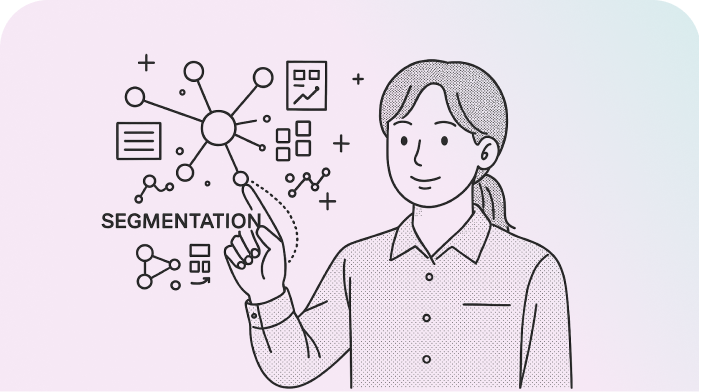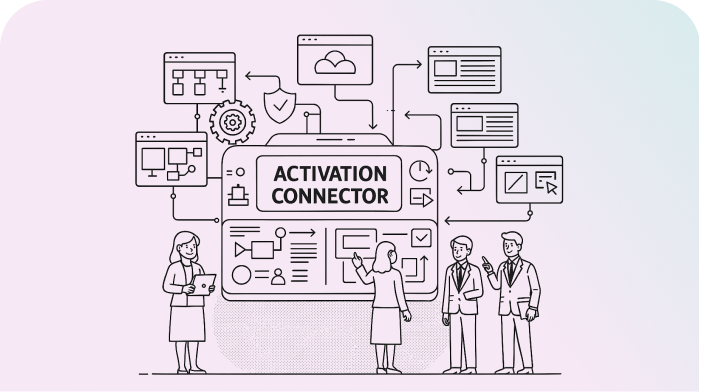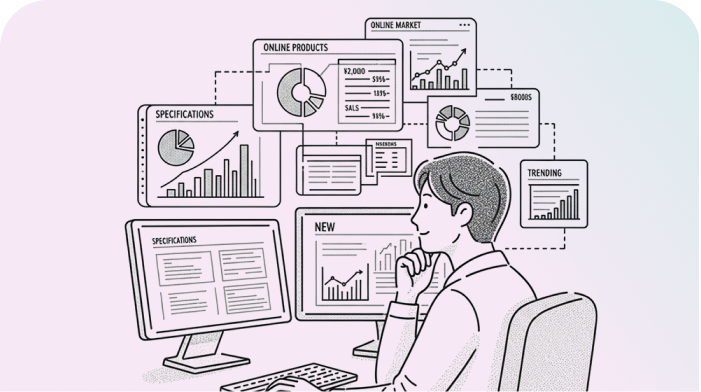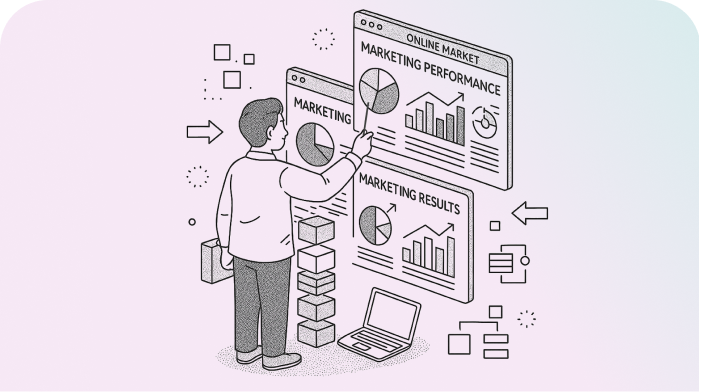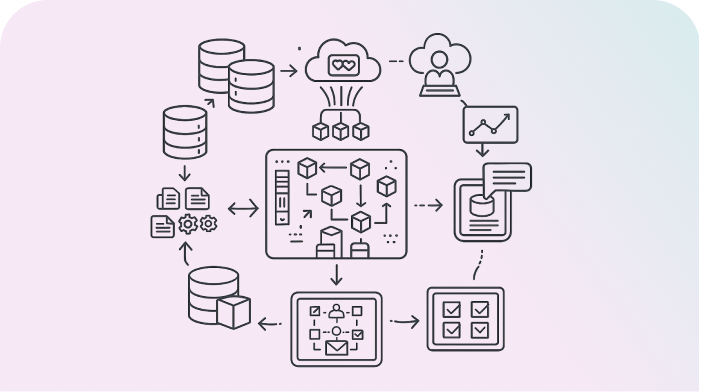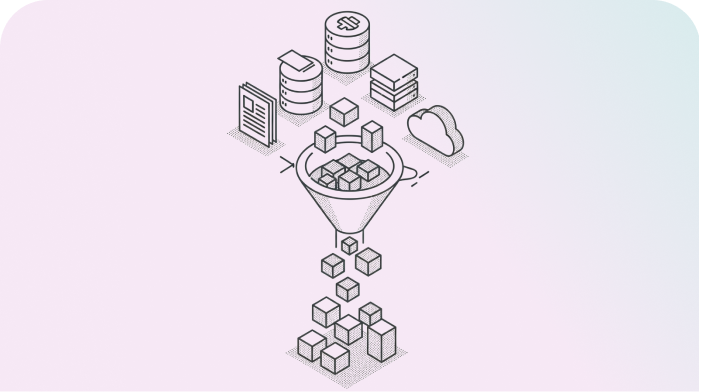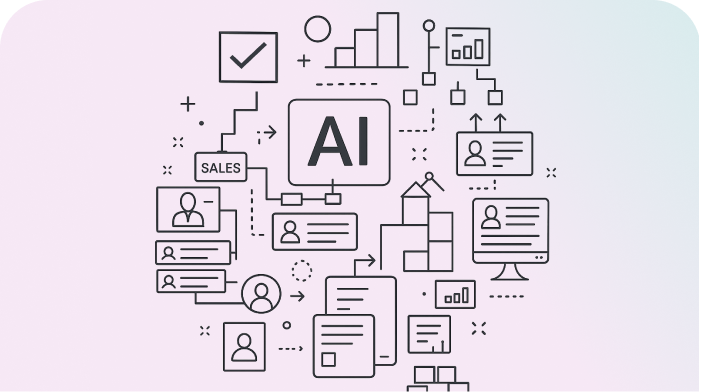"Understanding the customer" the most important value for the success of any business. This is because the goods or services a company provides can only create value if they meet customer needs and solve their pain points.
Companies have long utilized customer data to better understand their customers. This includes customer insight data obtained through surveys, personal information, and transactional data such as purchase history—used across functions like marketing, product planning, and customer service. While customers still live their daily lives centered around the offline world, they are also increasingly and continuously connected to the digital world as digital transformation (DX) accelerates. Every interaction in this process—every click or tap on an app or website, social media posts, hashtags, images, reviews, and search terms on shopping platforms—is being transformed into data. At the same time, technologies for collecting, processing, integrating, storing, and utilizing this ever-increasing online and offline data continue to advance rapidly, expanding the value of data at an unprecedented pace.
In step with this trend, LG CNS provides end-to-end data services and solutions, establishing itself as a trusted partner for driving its clients’ business success.
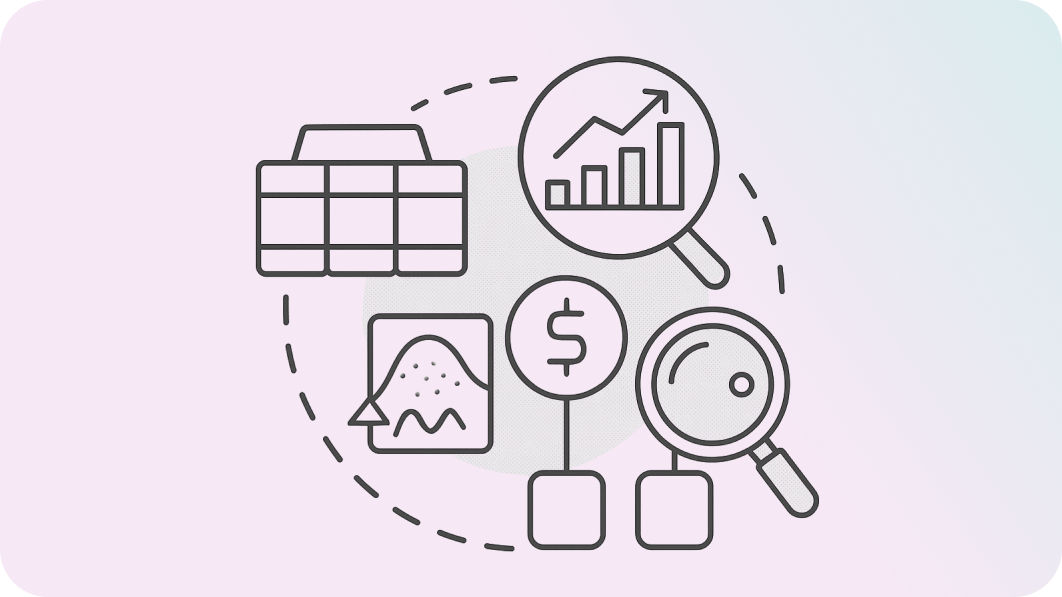
Data-Driven Customer & Biz. Insight
We derive business insights necessary for establishing and implementing business strategies by utilizing data generated from internal systems and channels, data obtained from customers, and data collected from a market intelligence perspective. By integrating and utilizing customer-related data across marketing, sales, customer service, and product planning, we also generate insights across cross-functional business areas, enabling the establishment of optimized strategies from a company-wide perspective. LG CNS supports businesses in making more precise and effective decisions based on data.

Data-Driven Marketing Consulting
LG CNS' data consulting goes beyond merely deriving insights through data analysis—it provides all the necessary solutions to apply those insights to actual marketing execution. We support comprehensive marketing strategies such as personalized marketing on apps and websites, omni-channel marketing, and coordinated digital advertising efforts. Our expert consultants assist throughout the entire process: from marketing scenario planning, data-driven segmentation, and A/B testing to post-execution performance analysis. LG CNS delivers consulting to help clients run highly effective, customer-focused marketing strategies based on data.
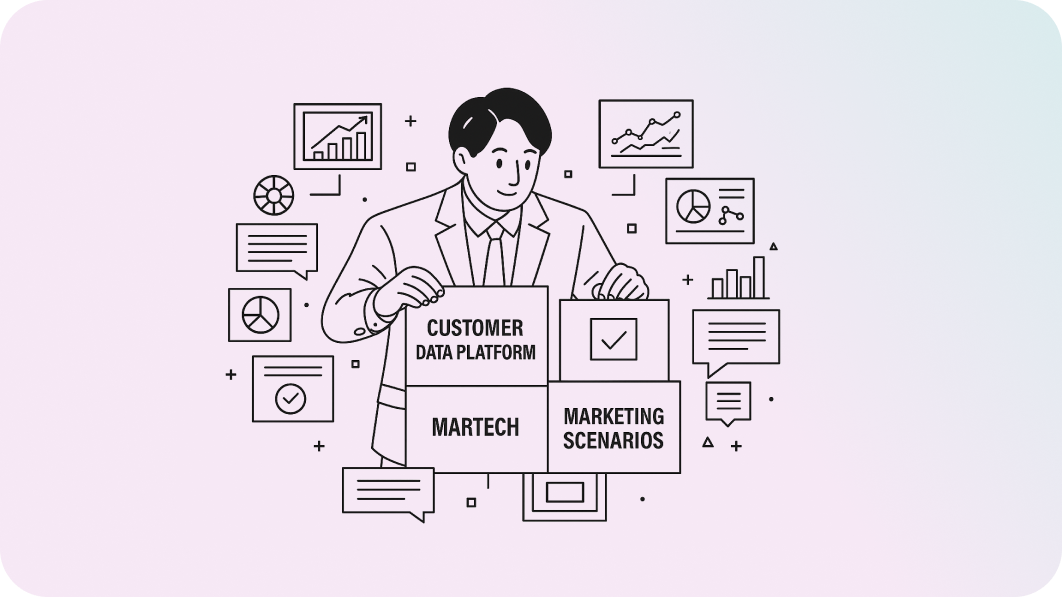
Customer Growth Accelerator(CGA)
When adopting solutions such as Customer Data Platform (CDP) or MarTech, or considering system implementation, many companies are uncertain about how much these systems will contribute to actual business performance. To address this, LG CNS operates a collaborative program called CGA with its clients. During solution or system implementation, we establish hypothetical use cases and marketing scenarios, then quickly validate the entire cycle—from data analysis to practical system use and marketing execution. This approach allows clients to learn in advance how to apply the solution from a business perspective, roll it out with minimal time and effort, and better understand its potential impact on performance areas such as marketing.
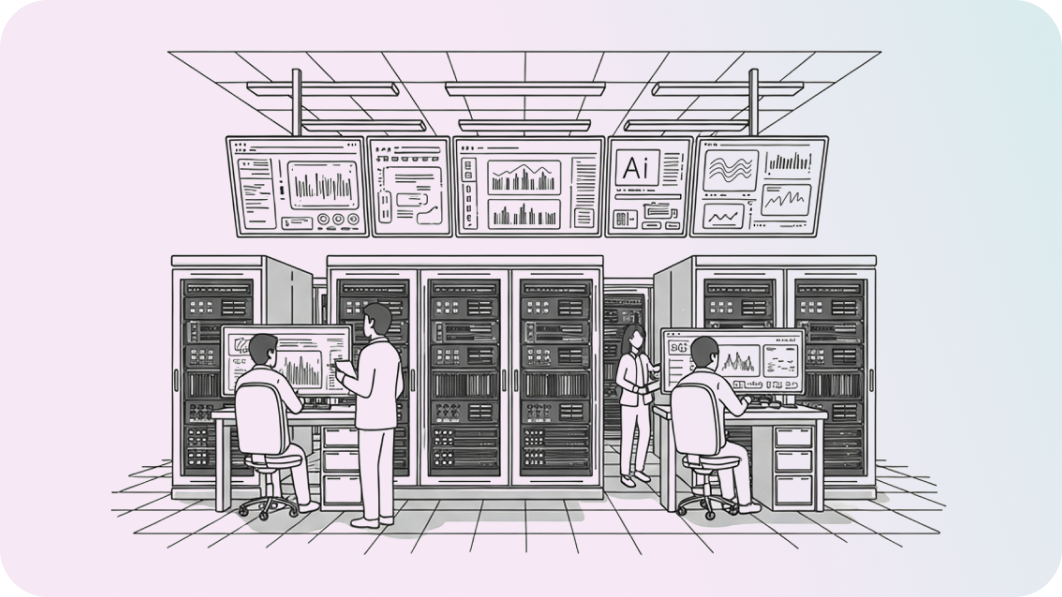
Cloud Big data Platform
We build a cloud-based big data platform to secure business competitiveness and enable AI Transformation. We collect and integrate various large-scale internal and external datasets in real time across on-premise systems and public cloud environments such as AWS, Google Cloud, and Azure, and establish a customer-tailored cloud data analytics environment that supports customer service through AI-driven insights. By building a cost-effective analytics infrastructure that responds flexibly to increasing data volumes and user growth, we enhance business agility in today’s fast-changing business landscape. Furthermore, by internalizing data science technologies, AI/ML analytics capabilities, and GenAI utilization, we help maximize customer value.
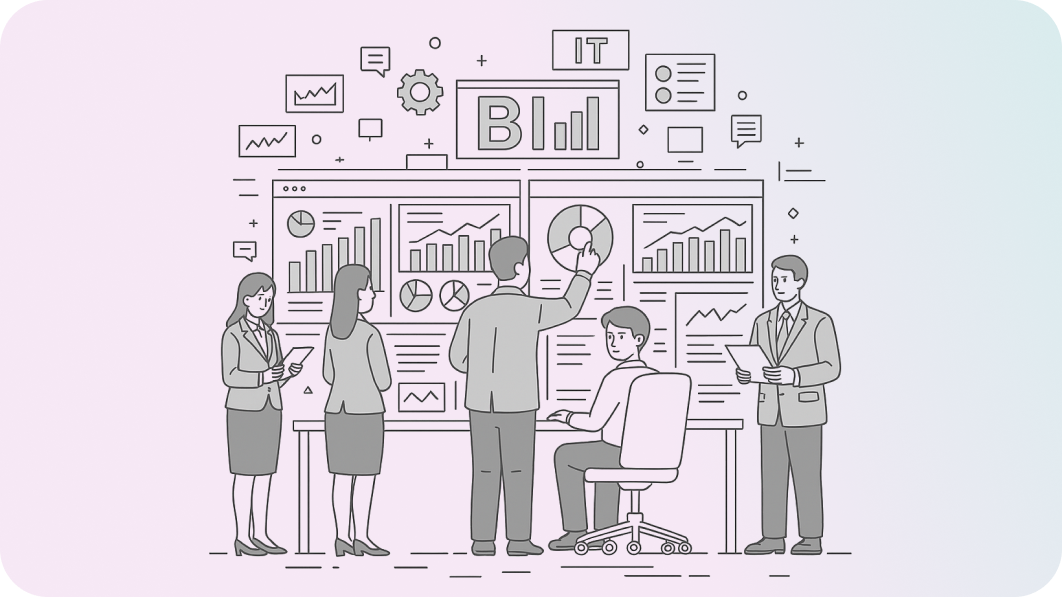
Data Portal
We build data portal services to help enterprises strengthen data literacy by enhancing user convenience, improving data utilization, and expanding analytical capabilities. The Data Portal provides multiple intelligent data access points, such as AI-powered data catalog search and Biz Meta, enabling analysts to easily and efficiently leverage company-wide data. It also offers personalized self-service analytics environments such as Sandbox, and supports diverse BI environments—including structured and unstructured analysis—to enable strategic, data-driven decision-making. Recently, we have also begun supporting the development of highly convenient data portals using GenAI-based data search and GenBI.
-
The optimal architecture for your business goals can generally be categorized into cloud-based and on-premise platforms. Cloud-based platforms provide flexibility, scalability, and cost-efficiency, making them well-suited for fast-changing market environments. On the other hand, on-premise platforms may be more appropriate when security and regulatory compliance are critical. If real-time data analysis is a priority, you should consider implementing a streaming-based architecture, or designing one that integrates AI and machine learning capabilities. It is essential to choose a technology stack aligned with your objectives.
-
The most critical requirements for effective data integration and management are data quality assurance, real-time processing, and security. To integrate data from multiple sources efficiently, ETL (Extract, Transform, Load) tools must be used to refine and transform the data. It's also necessary to establish data governance policies to ensure consistency and accuracy, while complying with security and privacy regulations. From a technical standpoint, API integration, cloud data warehousing, and data pipeline management are essential, though challenges such as compatibility with legacy systems and data duplication or omission may arise during implementation.
-
To assess business performance, you must define key performance indicators (KPIs) and evaluate the efficiency of data-driven decision-making. Relevant KPIs might include reduced analysis cycles, shorter decision-making time, cost savings, and increased customer satisfaction. To validate whether the platform is producing tangible results, A/B testing and experimental approaches should be applied, followed by continuous data analysis to uncover areas for improvement. In addition, by establishing a real-time monitoring system, organizations can track performance continuously and apply AI-based predictive analytics to automatically optimize operations as needed.
As we enter the era of personalized marketing, customer needs are becoming increasingly sophisticated. Companies are striving to provide customized services by analyzing customer data. However, without effectively integrating vast amounts of customer data, it becomes difficult to deliver a truly distinctive experience.
The foundation of becoming a customer-centric company lies in understanding customers, yet the ability to capture and collect customer data across various channels is not easily achieved. To succeed, companies must develop the following five core capabilities:
- Secure a centralized data platform (for storage and analysis) that is shared across the organization and accessible enterprise-wide.
- Analyze customer preference and propensity data to improve offline store experiences or extract demand signals that enable regional-level demand forecasting. Continuously update customer profiles and deliver relevant customer communications.
- Be able to reach all customers in real time.
- Use customer data to create digital engagement experiences that truly satisfy customer expectations.
- Leverage all available data from the customer acquisition journey, including mobile app data, transaction and commerce data, and social media interactions.
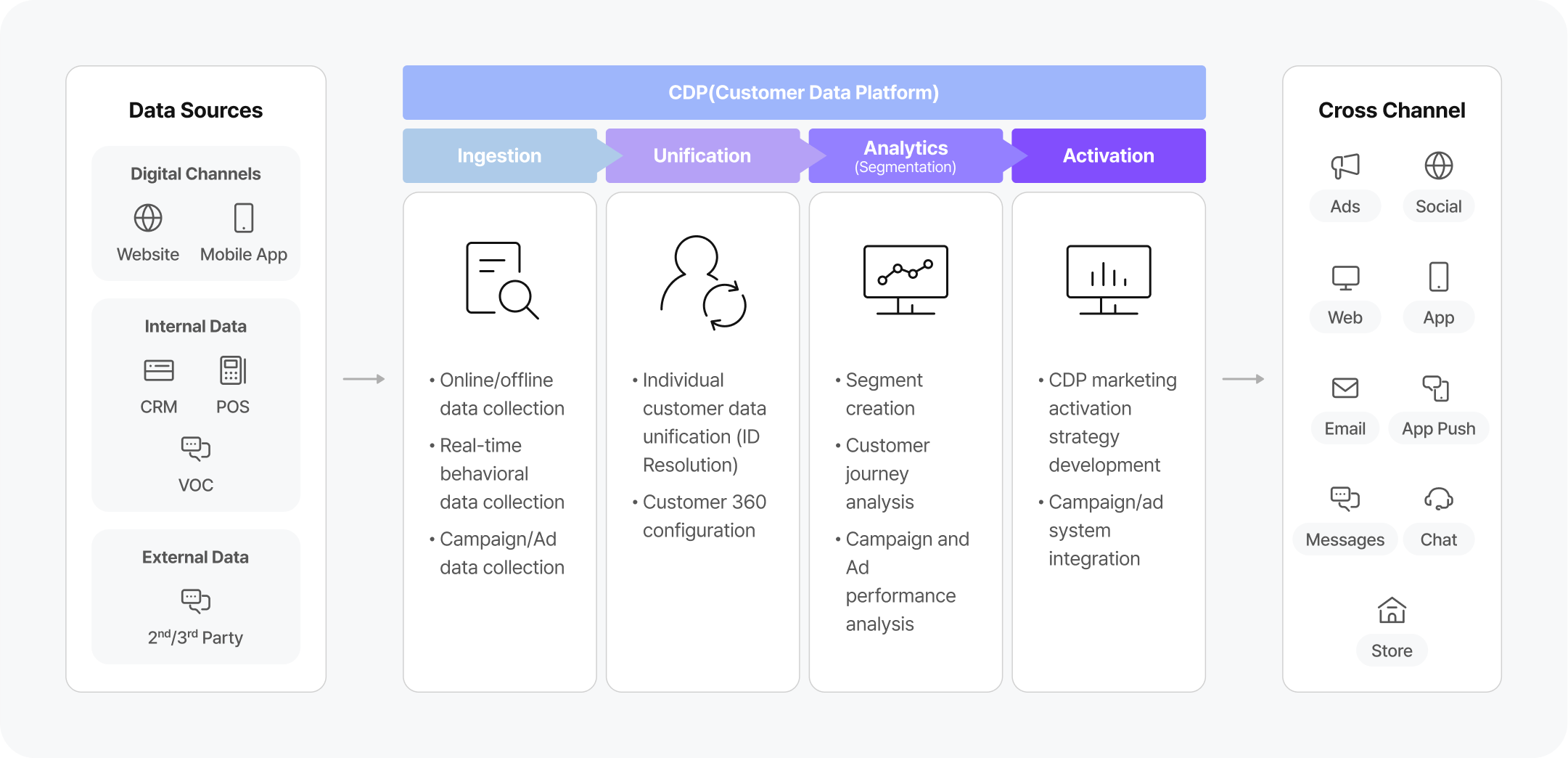
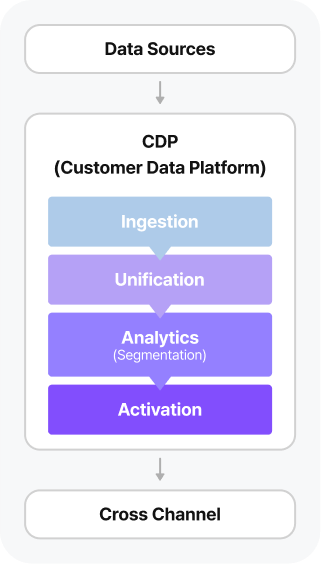
Understanding Customers Deeply to Unlock New Paths for Business Growth
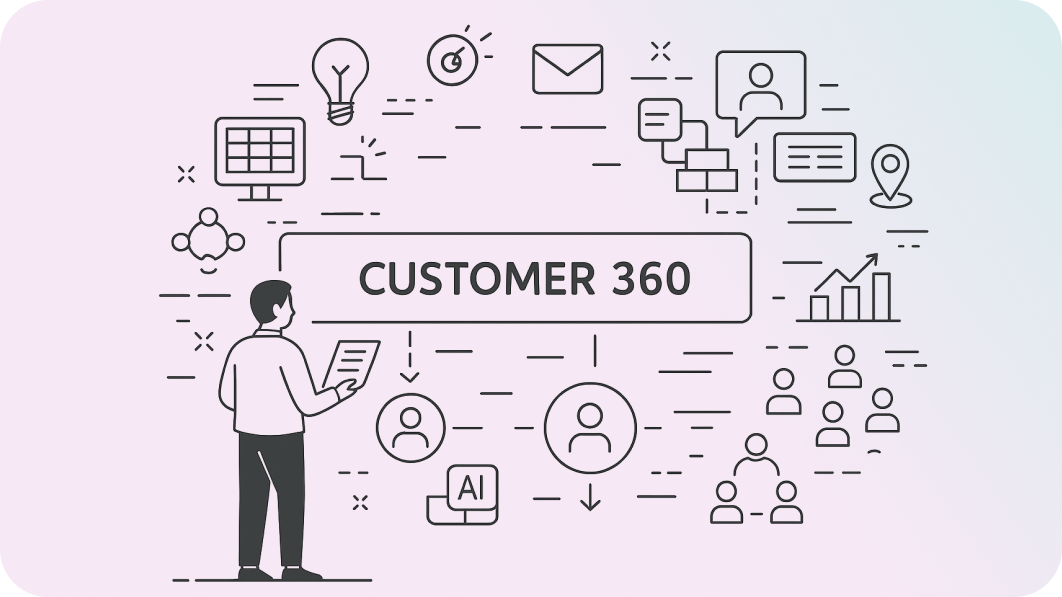
Target Marketing & Hyper-personalization
Customer 360 maximizes marketing impact by identifying customer segments through micro-segmentation based on integrated customer data and delivering tailored messages for each group. It also analyzes behavioral data to map the customer journey, identifies churn drivers at each touchpoint, and designs optimal experiences. Leveraging both historical and real-time data, the system enables Next Best Offer recommendations, increasing purchase likelihood while driving effective upselling and cross-selling. Furthermore, by analyzing customer behavior in real time, target audiences can be refined dynamically during campaigns, maximizing ROI and enabling true hyper-personalization.
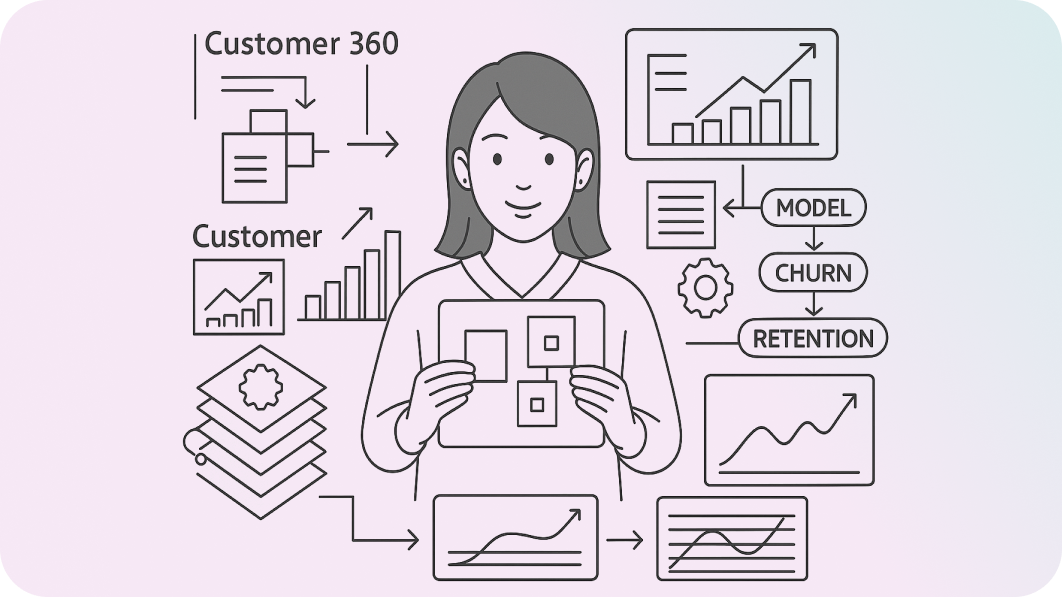
Enhancing Engagement
Customer 360 systematically captures customer sentiment and feedback through Voice of Customer (VOC) and sentiment analysis, enabling quick issue resolution and improving satisfaction. It also uses churn prediction models to proactively identify churn customers and deliver tailored incentives, improving retention. By accurately calculating Customer Lifetime Value (LTV), businesses can segment customers by LTV tier and execute differentiated promotional strategies to maximize profitability. Moreover, Customer 360 enables companies to identify customers showing interest in competitor products and proactively re-engage them with personalized offers, thereby enhancing loyalty.
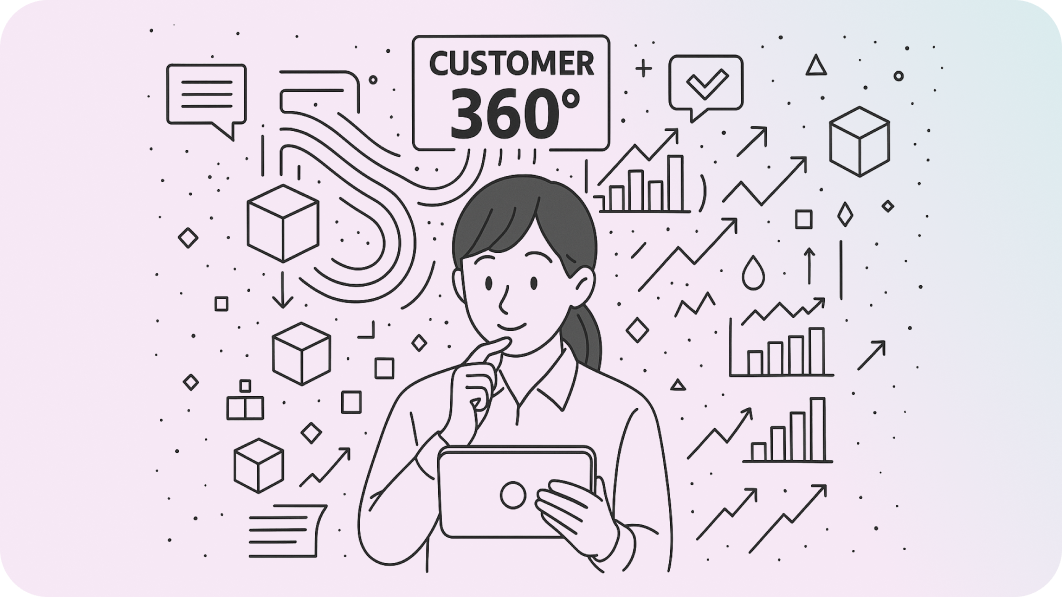
Proactive Care
Customer 360 delivers proactive care by deeply analyzing customer data. It continuously optimizes UX/UI based on user behavior and feedback, ensuring enhanced customer experience. Real-time analysis of Quality of Service (QoS) data allows early detection and resolution of issues. It also forecasts customer usage patterns to conduct proactive maintenance and prevent service interruptions, thereby improving product reliability. Beyond maintenance, Customer 360 detects potential customer needs and drives the development of new services, creating opportunities to lead market shifts. Ultimately, Customer 360 is a powerful tool for anticipating customer needs, fostering service innovation, and reinforcing competitiveness.
-
Implementing Customer 360 enables companies to gain deeper insights into their customers, allowing for more efficient execution of marketing services, prevent customer churn, and uncover new business opportunities.
-
Customer 360 is primarily composed of two core elements: the Fact Index and the Inference Index.
The Fact Index statistically summarizes customer data and segments customers using RFM (Recency: most recent activity, Frequency: purchase frequency, Monetary: spending amount) analysis. The Inference Index leverages AI and machine learning to predict or estimate hidden customer characteristics and interests based on the Fact Index. This helps forecast future customer behaviors and interests, enabling the delivery of even more personalized experiences. -
Customer 360 integrates a wide range of data, including customer behavior data. This includes purchase history, website visits, social media interactions, and customer service inquiries—allowing companies to build a comprehensive view of each customer across multiple channels.
Fostering a Data-Driven Work Culture, and Elevating Analytical Capabilities Across Affiliates
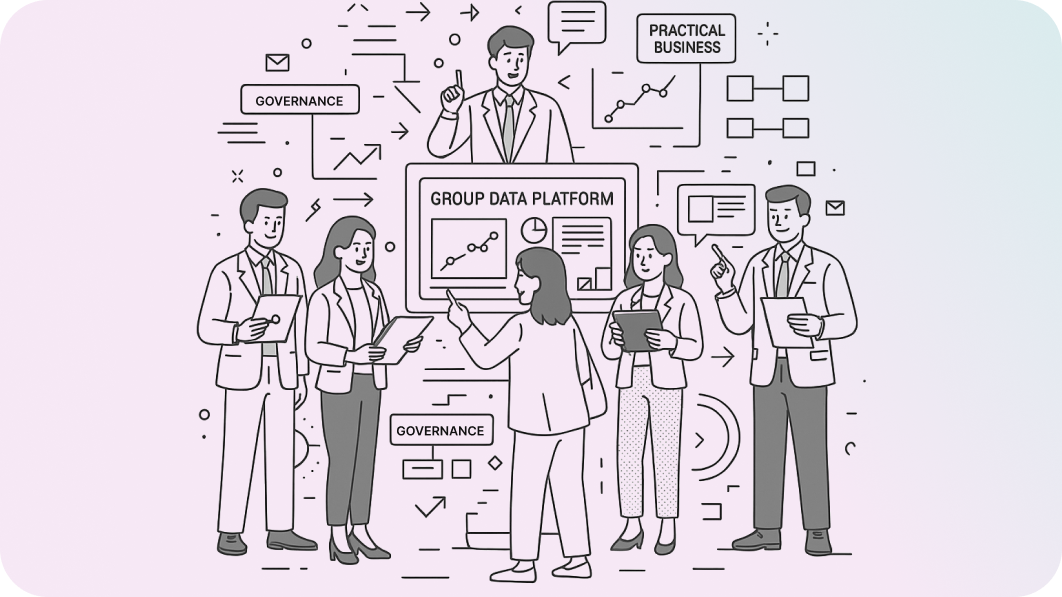
Group Data Platform Consulting – Governance and Use Case-Driven Strategy
We establish a group-wide data governance framework to support the systematic utilization of data across affiliates.
We define business-driven use cases to formulate the group's data utilization strategies. We develop platform architecture. Through consulting, we provide clear and actionable outputs for the essential preparation steps involved in building a group data platform—addressing common enterprise concerns with structure and clarity.
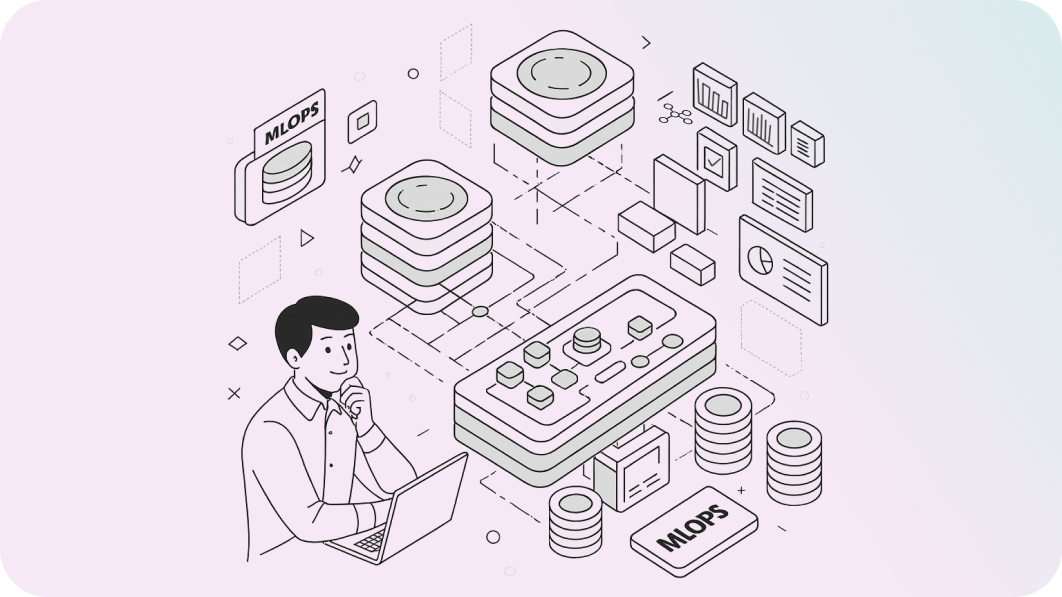
Group Data Platform Implementation– Data Integration
- Data Integration: Develop an integrated data architecture that supports the collection, combination, and analysis of internal and external group data, enabling its use across various business domains.
- Data Lake: Build a scalable and optimized data lake architecture by combining proven big data technologies and solutions, with careful consideration of operations, security, stability, performance, and cost-efficiency.
- Advanced Analytics Platform: Apply an MLOps-based analytics platform that enables systematic data analysis, enhances intelligent operations, and accelerates enterprise-wide digital transformation.
- Data Dam Management System: Establish data management principles for the entire data lifecycle—from collection to destruction—along with user-oriented access and usage rules and data security principles from an data protection perspective.
-
Yes. Legal review and data governance consulting for customer information protection must be conducted prior to system implementation to manage compliance issues.
-
Due to differences in information protection standards and systems among affiliates, including varying requirements for personal information de-identification and auditing, establishing a unified standard framework can be challenging. Therefore, preemptive preparation is essential.
-
Yes. There have been cases where service launches were delayed due to insufficient prior reporting to the FSS. It is therefore crucial to review all FSS-related procedures and reporting requirements in advance.
-
Yes. To enable seamless analysis and utilization of customer information across affiliates, information protection management requirements must be relaxed as much as possible. For this, the establishment of a clear data governance system is essential.
— The Core CX Data Solution for Enhanced Customer Experience and Marketing Competitiveness

Dynamic Segmentation and Effortless Marketing
LG CNS CDP supports seamless marketing execution through dynamic segmentation and data activation capabilities. The marketing manager at the world’s F&B company reported that targeting accuracy improved significantly with CDP's dynamic segmentation, and by directly transmitting self-generated segments to the campaign system, marketing lead time was shortened and timeliness improved, resulting in a dramatic increase in conversion rates. A representative from a major Korean retail company said that by automating segmentation and data activation based on integrated online behavioral and transactional data, they have seen continuous improvement in marketing efficiency and the performance of personalized marketing.
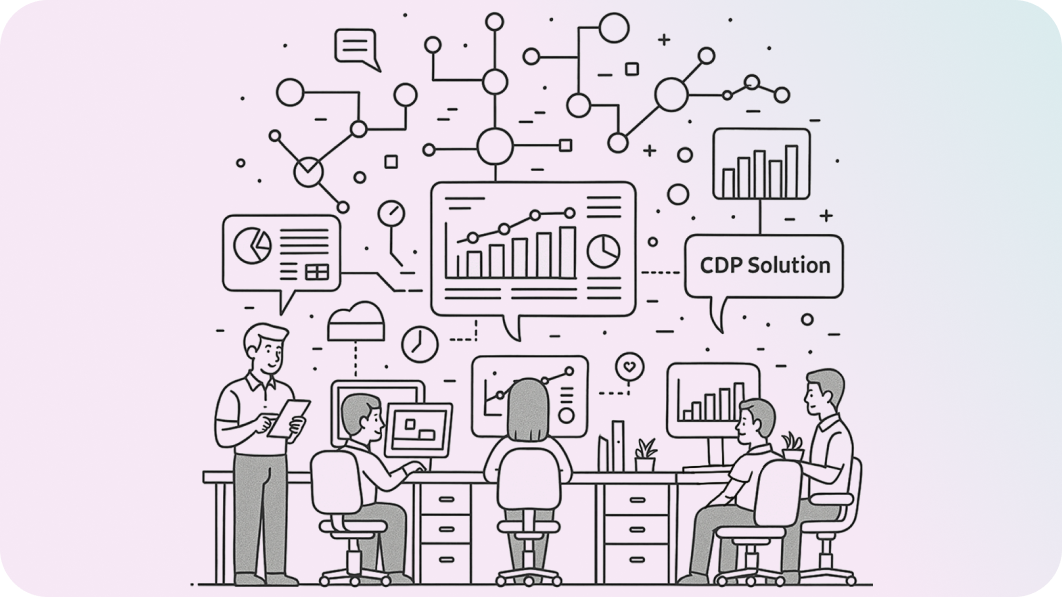
Stronger Marketing through Integrated Marketing Performance Management
A global enterprise based in Korea faced challenges generating timely integrated analysis, as each overseas subsidiary conducted marketing based on different client data and collected performance metrics using inconsistent standards. The company built its own global CDP using LG CNS’s CDP solution, allowing overseas subsidiaries to analyze and activate segments using standardized, integrated data. This unified approach not only allows for integrated management of marketing performance but is also expected to elevate marketing competitiveness across the group and continuously enhance global business outcomes.

Gen AI-Powered Analytics and Seamless Activation
With CDP’s Generative AI functionality, marketers can intuitively extract and visualize customer segments using natural language based on their domain experience and analytical thinking.
In addition, segments can be activated in linked systems using natural language, enabling faster marketing execution in a consistent analytical context. Ultimately, marketers can efficiently create and deliver creative customer experiences through natural language.
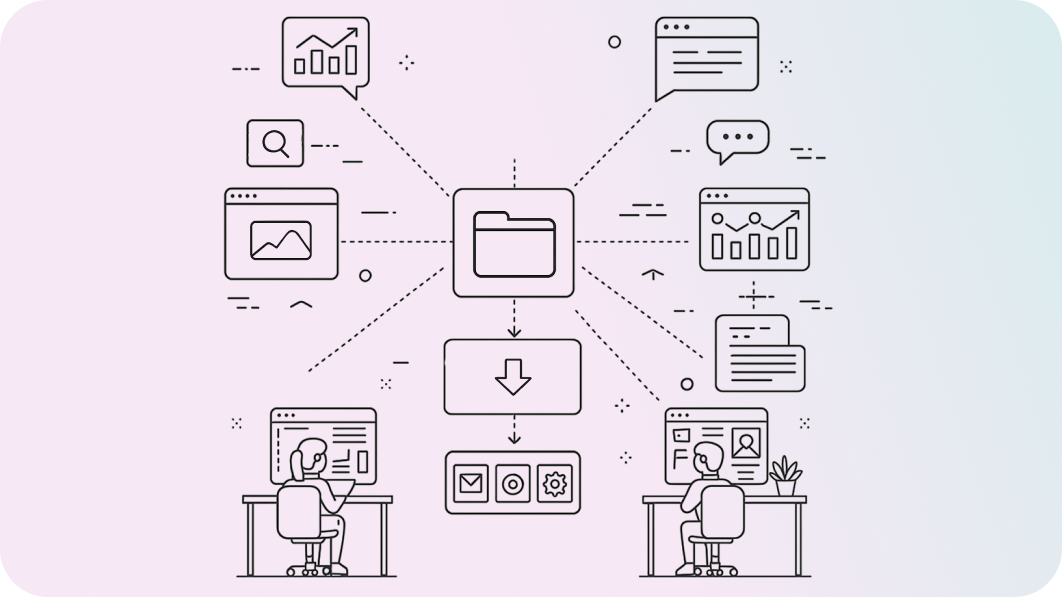
Integrated Inbound & Outbound Marketing
Executing marketing across multiple channels often results in redundant messages being delivered to customers, increasing fatigue and risk of churn. Using CDP’s Journey Builder, companies can integrate and execute inbound and outbound marketing across various channels and view the consolidated results. Journey Builder helps design rational journeys for target clients and deliver optimized messages, improving marketing communication effectiveness.
The core capabilities of the LG CNS CDP solution focus on understanding customers and enhancing their experiences through integrated customer data, supporting improved customer experiences and enhanced marketing performance through advanced segment analysis.
-
Implementing a CDP is more than just a technical project—it can involve changes across the entire organization.
This is because a CDP is not simply a data integration tool, but a platform designed to enhance customer experience and drive measurable business outcomes.
It is essential to define clear goals such as strengthening data-driven decision-making, determining the scope of data integration, whether real-time data processing is needed, evaluating compatibility with existing systems, and establishing a collaborative framework with marketing teams who will use the CDP. These factors should be carefully planned and aligned across marketing teams.
-
A CDP focuses on integrating customer data to deliver personalized experiences, while CRM is used for managing client relationships and DMPs primarily support ad targeting with anonymous data.
- CDP (Customer Data Platform): Collects and integrates customer data from multiple channels to build a single customer profile, enabling personalized customer experiences.
- CRM (Customer Relationship Management): A tool used to manage customer relationships, with a focus on sales and customer support.
- DMP (Data Management Platform): Primarily used for anonymous audience targeting in advertising, often using third-party data.
-
A CDP helps unify fragmented customer data to deliver personalized marketing and optimize customer experiences, ultimately improving business performance.
LG CNS Data Services offer a core set of solutions that assist clients throughout their operational processes for data innovation, from assessing the current internal environment to developing case studies, while minimizing client investments and resource allocation through our leading data technologies and expertise.
By integrating and analyzing valuable industry-specific market data alongside internal data, LG CNS provides actionable insights in the form of services that empower optimal decision-making across entire value chain of our clients.
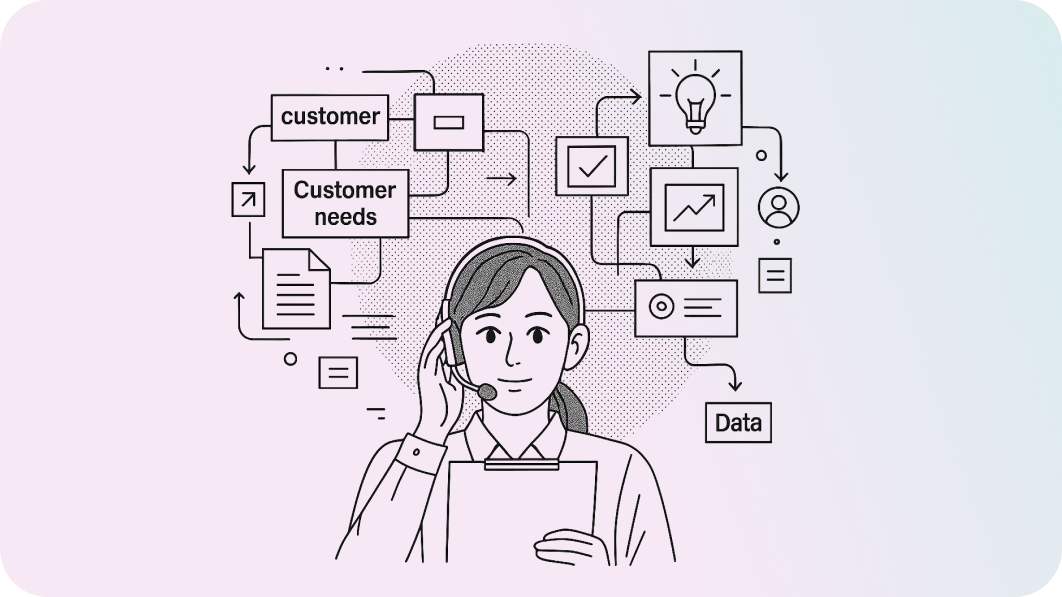
Data Status and Issue Diagnosis
We actively listen to our clients to understand their needs and pain points, presenting tailored data products and use cases, and assisting in the development of comprehensive data utilization strategies.

Enhancing Data Literacy
By implementing timely monitoring to detect external market changes and internal business dynamics, we provide actionable insights from data analysis, enabling informed decision-making.
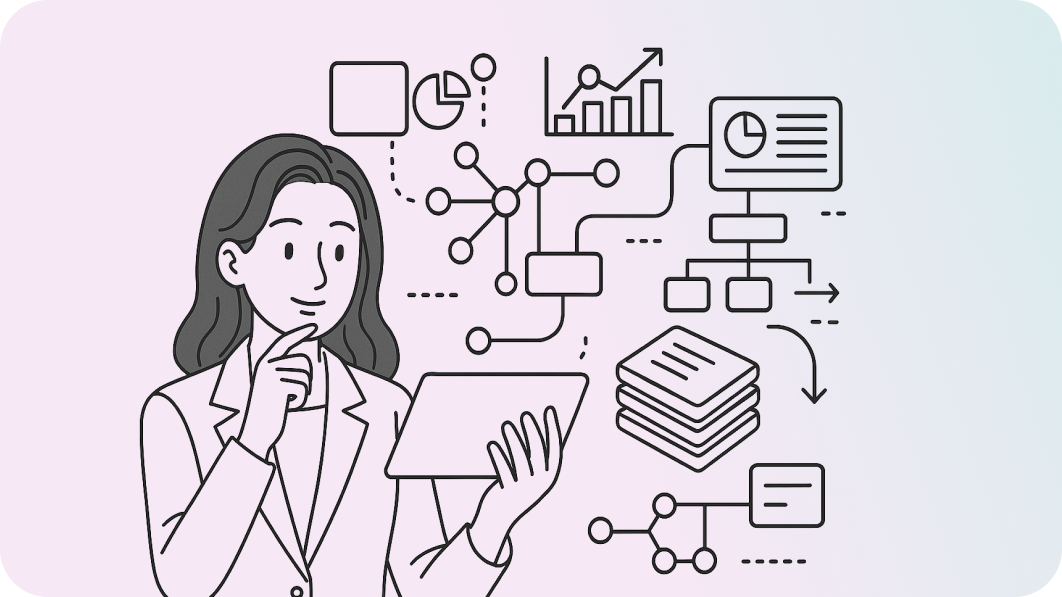
Data-Driven Business Innovation
We offer strategy consulting and premium analysis from an integrated perspective, supporting data-driven business transformation across all aspects, from business strategy and product planning to sales, marketing, and customer management. Everything that helps businesses implement strategies and actionable tasks.
OneBrain is a data analysis platform that allows clients to gain market intelligence on external market trends and customer behavior, which cannot be derived from internal company data alone, providing unstructured data analysis services that enable users to generate insight reports, analyze any desired topic, and create dashboards with simple configurations.
Based on the insights provided by OneBrain, clients can assess market trends, product sales changes, customer responses, and marketing performance, which can be incorporated into business strategies and actions to achieve data-driven business outcomes.
LG CNS's BI is a unique integrated analytics service that combines external market data with client-specific data to collect, organize, analyze, and visualize insights. By harnessing these data-driven insights, we empower clients to make optimal decisions, evaluate business performance, and understand market shifts and customer behavior, which in turn drives competitiveness, growth, and new opportunities.
Maximize your business performance with LG CNS's unique BI service through strategic, efficient data utilization.









